Many players often wonder what the double-hitting and carrying rules are in pickleball.
“Carrying” the pickleball occurs when the ball slides across the face of the paddle. In other racket sports like tennis, carrying is illegal – and pickleball is no exception under most scenarios.
In this article, we’ll dive into the official rules for carrying with examples to ensure you are crystal clear on what constitutes a carry and what should happen if a player carries the ball during a point.
What Is Carrying the Ball in Pickleball?
The Official USA Pickleball Rulebook (section 3.A.1) defines a carry as a player “hitting the ball in such a way that it does not bounce away from the paddle but is carried along on the face of the paddle.” Think of a ball sliding across the paddle’s face rather than bouncing off the paddle face soon after it makes contact with the paddle.

When you carry the ball, you’re making contact with the ball and the ball is sliding along the face of the paddle. The ball is then “pushed” off the surface of the paddle instead of bouncing off the paddle toward the desired direction.
Carrying does occur on the pickleball court, usually by accident. Carries can be confusing because they happen quickly.
What's important to know is that the rules for carrying the pickleball changed in 2024.
Prior to 2024, carries were deemed illegal if the carry was intentional.
However, as of 1/1/2024, carries are illegal whether they were intentional or not.
Is It Legal to Carry the Ball in Pickleball?
No, as of 1/1/2024 it’s illegal to carry the ball in pickleball. The USA Pickleball Rulebook states under Section 7.L that a fault occurs if a player is found to be catching the ball on the paddle while serving or during a rally.

In general, the ball should be struck cleanly and softly, only allowing for a brief hit of the paddle’s surface before bouncing off the paddle toward its target.
Carrying the ball can happen unintentionally, and it may also happen during a double hit.
If a double hit occurs, the ball must maintain the direction it was going on the 1st hit and the double hit must occur only with 1 player and paddle.
Double hits done intentionally are not allowed on the court. If a referee or opponent sees an intentional double hit, then a fault should be called.
What Happens If You Carry the Ball in Pickleball?
A carry occurs when the pickleball slides across the face of the paddle and does not immediately bounce off the paddle after making contact with the paddle. If a carry occurs, it’s considered a fault as of January 1, 2024.
According to official pickleball rules, a fault results in a sideout or loss of serve (if the team was serving) or the loss of a point (if the other team was serving).
Carrying the Ball in Pickleball? Example 1
Imagine a player who gets lobbed during a match. The player turns around with their back to the net and runs toward the baseline to hit the ball.
With their back to the net and paddle under the ball, the player scoops the ball onto the paddle, holding it there for a moment before pushing the paddle and ball over their head so that the pickleball propels to their opponent’s side of the court.
This example fits the definition of a carry in Section 3 of the official pickleball rulebook, as the ball is moved along the face of the paddle instead of being hit in a direction away from the paddle.
Additionally, Section 7’s fault rule also applies – since the player was deliberately carrying or catching the ball on the paddle.
In this scenario the player has performed an illegal carry and the result is a fault.
Carrying the Ball in Pickleball? Example 2
In this example, assume a firefight hands battle is occurring at the net.
Next assume during the firefight one player makes contact with the pickleball, the ball slides along the face of the paddle before coming off, and is then hit again (a double hit) by the player’s paddle.
Although unintentional double hits are legal, this action is also a fault since a carry occurred between the 2 hits. Double hits occur naturally during pickleball points from time to time, especially during firefights or hands battles.
If the double hit is unintentional and does not include a carry (with the ball sliding across the face of the paddle), play should continue.
If the balls slides across the face between the hits then this is a fault and the point is over.
FAQs - Carrying the Ball in Pickleball
What Are Other Types of Illegal Hits in Pickleball?
In addition to carrying the ball, there are various forms of illegal hits in a game of pickleball. These usually occur on the serve or if the pickleball comes into contact with a player’s body or apparel.
Illegal serves, for example, happen when a player doesn’t use the proper underhand motion or attempts to go for an overhand serve, which is illegal in pickleball.
A 3rd type of illegal shot occurs during a rally when a player violates the 2-bounce rule and hits a shot in the air instead of allowing the ball to bounce first.
Can You Double-Hit in Pickleball?
A double hit is defined in the USA Official Rulebook as hitting the ball twice before it is returned.
In a pickleball game, there can be both illegal and legal double hits; the key difference lies in whether the double hit was deliberate and if it was done in 1 continuous motion.
A legal double hit occurs during an unintentional, continuous stroke in only one direction that does not change the direction of the ball after the first hit.
Any other type of double hit is usually a fault.





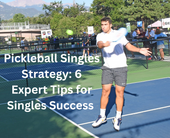
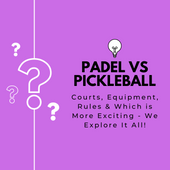
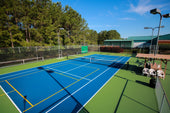
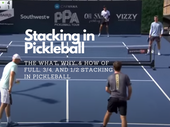
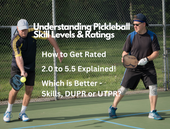
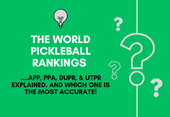
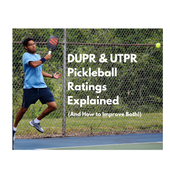
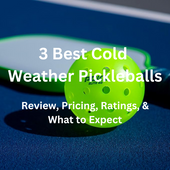
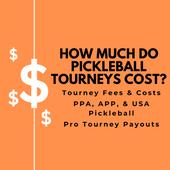
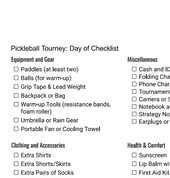
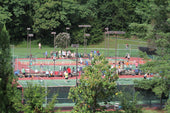
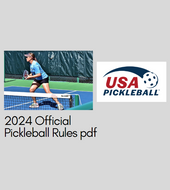
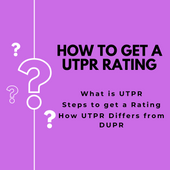
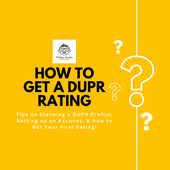
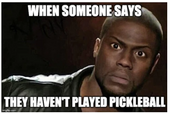
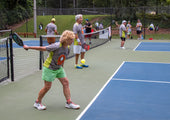
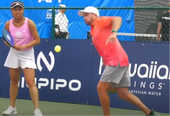












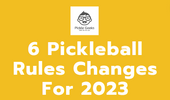
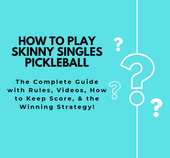
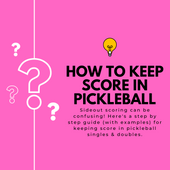
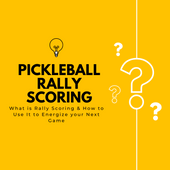
2 comments
Ed-
USPA RULEBOOK :
11.A Double hits. Balls can be hit twice, but this must occur during an unintentional,a continuous, single-direction stroke by one player. If the stroke made while performing the serve or during a rally is deliberately not continuous, or not in a single direction, or the ball is struck by a second player, it is a fault.
..People like to quote the single continuous motion part, and leave out the single direction part to get away with what is almost always a fault.
Most “double hits” I hear claimed on the court are almost always a carry.
If the ball stops on, scrapes along the paddle, or rolls on it, or touches it more than 2x, or is scooped (changes any direction as it is being “double hit”) ..it is a fault. The ball does not get to do a u-turn or partial u-turn between your double hit, or hit the paddle 5x as a “double hit” . Usually you can hear or feel the ball hitting a bunch and players can easily see a ball being “slung” off the paddle as opposed to a clean hit .
Crisp clean hits and gameplay are the goal, and people should be calling themselves and accepting calls from others for sloppy ball contact /gameplay > carry’s and “double hit” scooping the ball around the court. even if it only hits the paddle 2x cleanly it has to be in a single direction too.
This is part of why they can afford to take the word “deliberate” off the definition, because there is no real advantage to even trying to hit it 2x using one continuous motion in the same direction.
Here is a video of USPA head ref explaining and showing what an actual legal double hit would be (same motion plus same direction) as opposed to a fault or a carry. https://www.facebook.com/1552821073/videos/1445697616016794/
You said, “If a double hit occurs, the ball must maintain the direction it was going on the 1st hit…” Where is that supported in the rules? I don’t think the ball ever maintains the direction from the first hit. The second hit has to affect this.